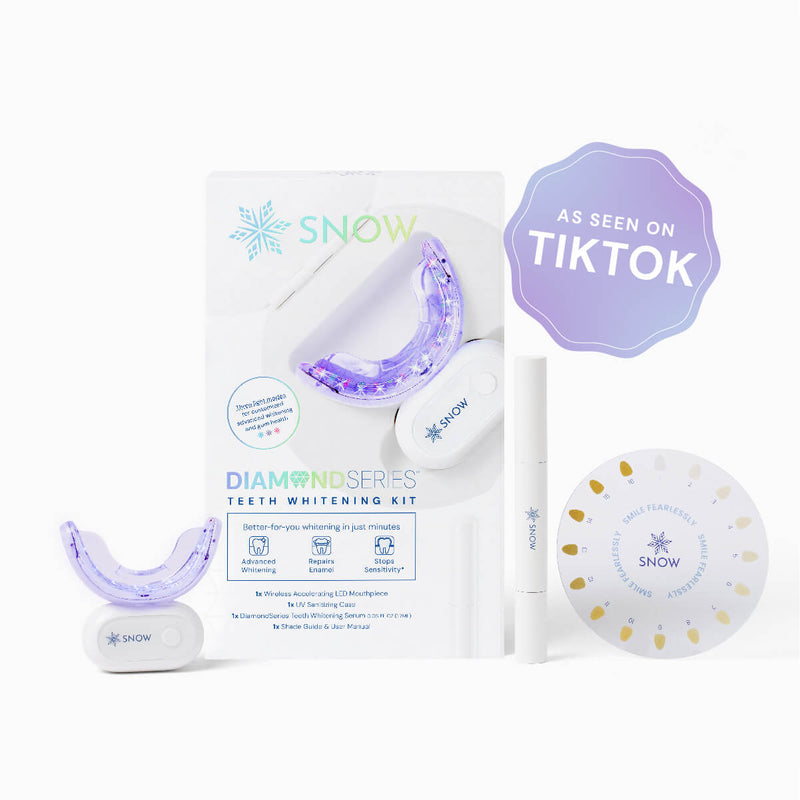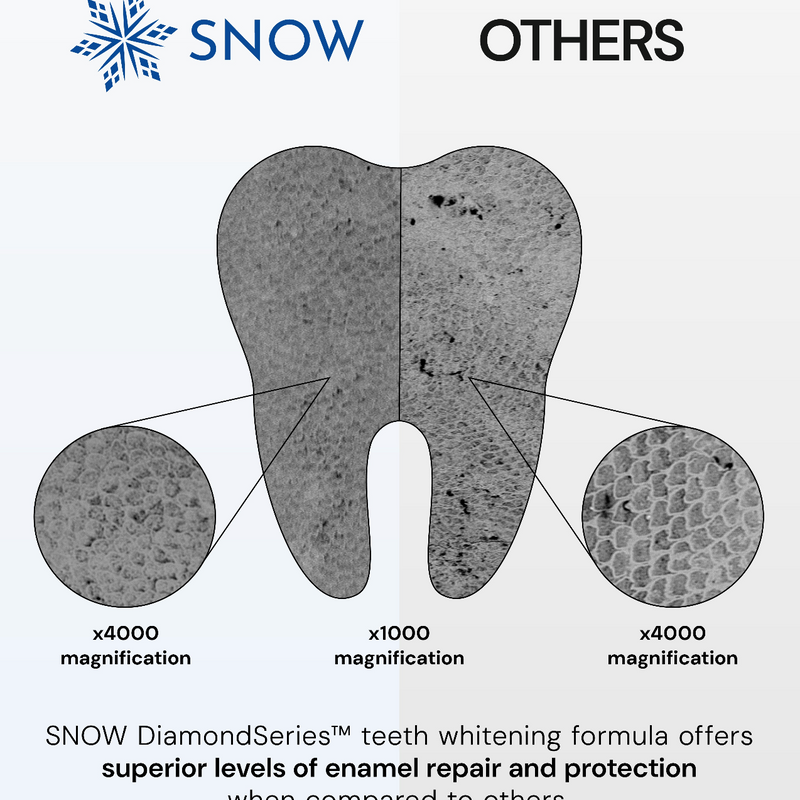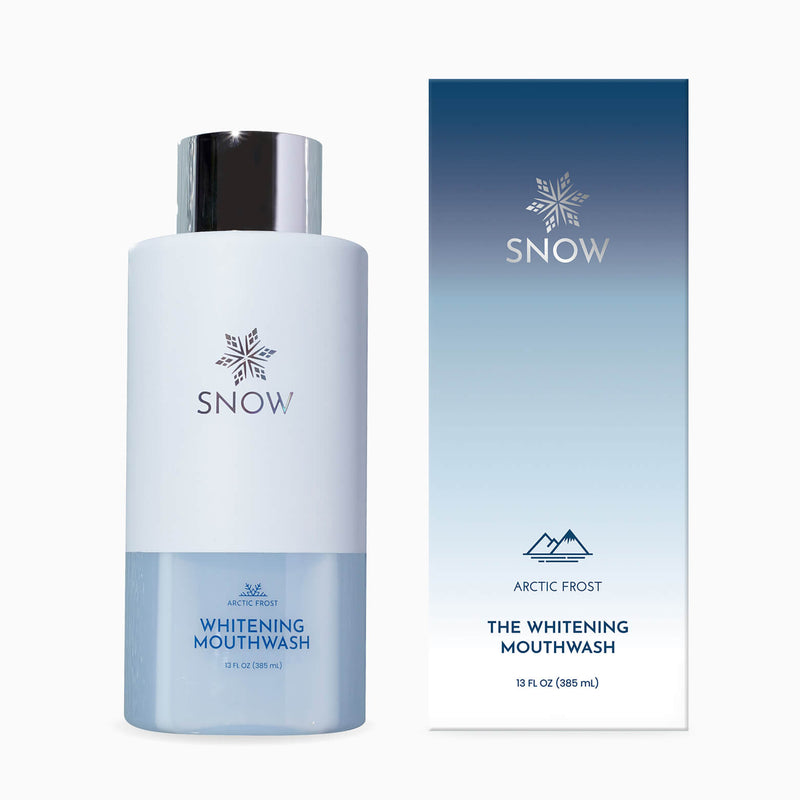Do you have to floss with braces? The simple answer is yes—flossing is necessary for keeping your teeth and gums healthy while wearing braces.
In this guide, we will explain why flossing is important with braces, how to floss properly using different tools like threaders, dental tape, and water flossers, and provide tips to make it easier. We'll also answer common questions about flossing with braces, like why it can hurt or feel challenging.
Let's dive into the details of maintaining excellent oral hygiene with braces.
What this article covers:- Do You Need to Floss with Braces?
- Why Is Flossing with Braces Important?
- How to Floss With Braces
- Tips and Tricks for Flossing with Braces
- Frequently Asked Questions
Do You Need to Floss with Braces?
Do you have to floss with braces? Yes, you absolutely need to floss with braces.
Neglecting to floss can result in more serious dental issues later on. Brushing alone isn't enough, as it can't reach the tight spaces between your teeth and braces. Keeping your teeth and gums clean ensures that when your braces are finally removed, you'll have a healthy, beautiful smile to show off.
For a convenient teeth whitening, our SNOW Activated Charcoal Whitening Floss combines activated charcoal to detoxify and remove plaque. Made from recycled materials, this floss is strong yet gentle on your gums.
Why Is Flossing with Braces Important?
Our research indicates that flossing with braces is important because it helps prevent gum disease and tooth decay. When you have braces, your gums are more prone to inflammation, and food debris can easily get stuck in places that a toothbrush can't reach.
Without flossing, trapped food and bacteria can lead to plaque buildup, causing cavities, gingivitis, and even permanent staining around your brackets.
For easier flossing around braces, consider the SNOW Water Flosser. Its anti-bacterial nozzles and three pressure settings allow for deep cleaning.
How to Floss with Braces
Our findings show that learning how to floss with braces can seem tricky, but it's essential for maintaining healthy teeth and gums during treatment. Here are the best methods to make it easier and more effective.
How To Use A Floss Threader With Braces
- Cut a piece of floss about 18 inches long.
- Thread one end of the floss into the loop of the floss threader, similar to threading a needle.
- Gently push the floss under the main wire of your braces using the stiff end of the threader.
- Once the floss is under the wire, pull it through to the other side.
- Hold the floss between your thumbs and fingers, then gently slide it between your teeth, moving up and down to clean each tooth.
- Pull the floss out carefully, re-thread the floss threader, and move to the next space between your teeth.
How To Use Dental Tape With Braces
- Cut an 18-inch piece of dental tape, which is thicker and flatter than regular floss.
- Use a floss threader if necessary to guide the dental tape under the wire of your braces.
- Gently slide the dental tape between two teeth.
- Carefully move the tape up and down, making sure you reach under the gumline to remove plaque and food particles.
- Remove the dental tape, reposition it, and move to the next tooth, repeating the process for all teeth.

How To Use Traditional Floss With Braces
- Cut about 18 inches of traditional floss.
- Use a floss threader to help pass the floss under the wire of your braces. Thread the floss through the floss threader and pass it under the wire.
- Once under the wire, carefully weave the floss between two teeth.
- Gently curve the floss around each tooth, moving it up and down to clean the sides.
- Pull the floss out, re-thread it under the next section of wire, and continue flossing between all teeth.
How To Use A Water Flosser With Braces
- Fill the water flosser's reservoir with warm water.
- Attach the orthodontic tip, if available.
- Lean over the sink to avoid a mess, then place the tip of the flosser in your mouth, aiming it at the gumline.
- Turn the flosser on at a low setting and guide it along the gumline and between your teeth, making sure to clean around your braces.
- Continue until you've cleaned all areas, then empty and clean the water flosser after use.
For added convenience, SNOW's Charcoal Whitening Floss Picks combine plaque removal with whitening properties, perfect for quick cleanings on the go.
Tips and Tricks for Flossing with Braces
- Try a water flosser if traditional flossing feels too time-consuming or difficult.
- Be gentle to avoid damaging your braces or irritating your gums.
- Floss at least once a day, ideally at night when you've finished eating for the day.
If your dentist bonds a permanent retainer to your teeth after the braces have been removed, it's important to learn how to floss with permanent retainer.
If you don't have all the tools at hand, we can walk you through how to floss with permanent retainer without threader.

Frequently Asked Questions
Why does flossing hurt?
Flossing can hurt if your gums are inflamed. It's normal to experience some discomfort when you first start flossing, but with regular flossing, your gums will strengthen and the pain should subside over time.
Should you floss before brushing?
Yes, flossing before brushing can be more effective because it helps remove food particles and plaque between your teeth. This allows your toothpaste to better clean your teeth and gums.
Should I floss every day?
Based on our observations, you should floss every day to prevent plaque buildup, cavities, and gum disease.
Why is flossing with braces challenging?
Flossing with braces is challenging because the wires and brackets can make it harder to reach between your teeth.
Is it too late to start flossing?
No, it's never too late to start flossing. Even if you haven't been flossing regularly, starting now can improve your gum health and prevent future dental issues.
Conclusion
Do you have to floss with braces? Absolutely, and it's one of the best things you can do for your oral health while undergoing orthodontic treatment.
We've covered why flossing is necessary with braces, the best methods for using tools like floss threaders and water flossers, and helpful tips to make the process easier. We've also answered some frequently asked questions about the challenges and benefits of flossing with braces.
Explore SNOW and take control of your oral care today with our range of products, like the gentle SNOW Water Flosser.
Did our blog meet your needs? You might also find our other guides helpful:
- Best Portable Water Flosser
- Best Travel Water Flosser
- When Is the Best Time to Floss
- Why is Flossing Important?
- Why Does Flossing Feel Good?
- Why Is Flossing As Important As Brushing?
- Do Water Flossers Work?
- Does a Water Flosser Replace Flossing?
- Does Water Flosser Remove Plaque?
- Does Water Flossing Hurt?
- How to Clean Water Flosser
- How Often Should You Water Floss
- Can a Water Flosser Remove Tartar?
- Can You Put Mouthwash in a Water Flosser?
- Can I Use Water Flosser Everyday

























